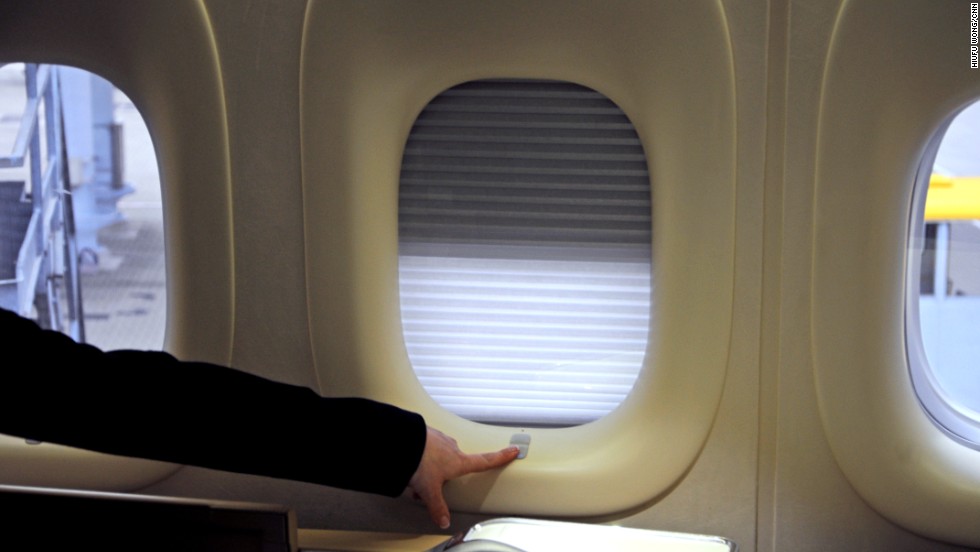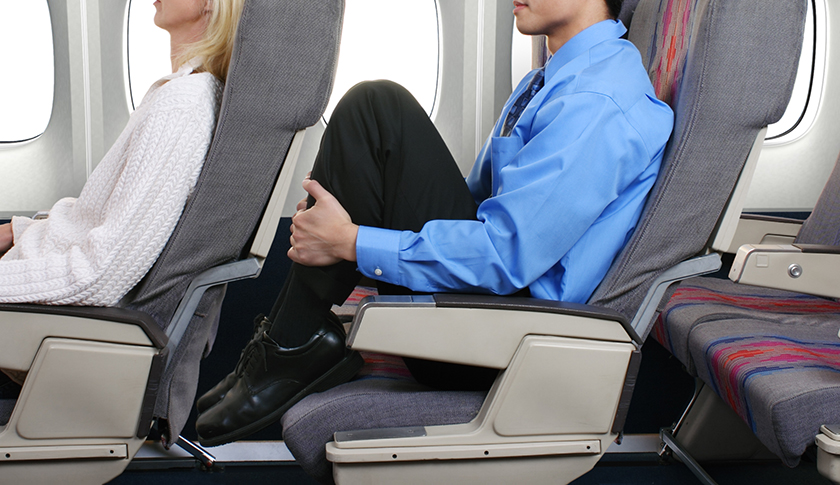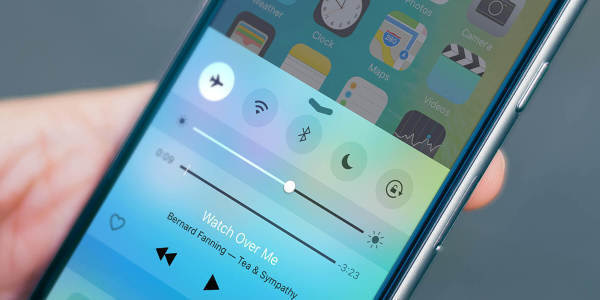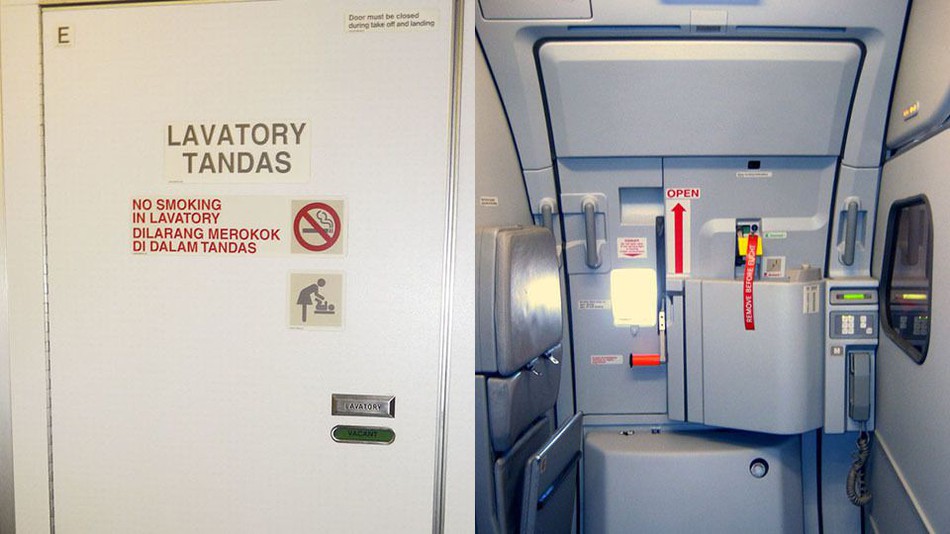If you’re a frequent traveller, you would have heard safety briefings and announcements more times than they can count by now.
But think about the number of times that the cabin crew would have to remind passengers about these safety precautions in a single flight, let alone several days a week.
As passengers, some of these procedures may seem small and harmless to us. And when we’re caught at a bad time during the flight, we may even get agitated when a flight attendant addresses something we’re doing that is against the aircraft’s safety measures.

However, the most critical time for an aircraft is during takeoff and landing.
This is usually when most accidents tend to happen because hazards like equipment failure, bird strikes, bad weather, external traffic and other incidents are more prone to take place.
So it is very important for the cabin crew to prepare passengers in light of unwanted scenarios.
We got in touch with a real flight attendant to find out more about the protocols we usually hear during a flight, and she lets us know what they actually mean:
Passengers are told to pull up the window shield during takeoff and landing so that our eyes are able to adjust to the light or darkness outside and spot if something goes wrong.

That is also why the cabin lights are dimmed during this time whenever you fly at night.
Every second counts during an emergency, so the cabin will need those extra pairs of eyes to speed things up in case an evacuation is needed. At the same time, airport staff who are on-ground can also look into the cabin to assess the situation.
This situation is similar to how our eyes take some time to adjust after switching off the lights when we’re in a dark room.
So it’s not just for passengers to enjoy the view outside when you’re taking off or landing.
One of the main reasons passengers are told to keep our seats up during takeoff and landing is to give more space for a quick exit if required.
Yes, you will have ample space to get out if your seat is reclined. But what about the person sitting behind you?

Besides that, keeping seats up will also minimise injuries if the worst happens – a plane crash.
When the seat is up, it is locked. But reclined seats are unlocked, which means the seat will thrust forward with more force during impact.
You would think that those extra three inches are harmless, but this could cause a whiplash effect or more severe injuries if the passengers is thrown forward.
Passengers seated behind a reclined seat will also not be able to brace for impact properly.
So try to tahan the uncomfortable position and put up your seat when you’re told to do so. It could save a live.
But the least we could do is to put our phones in flight mode.
Technically, there has yet to be a proven case of mobile phones affecting the safety of an aircraft. However, this device does have the potential to cause interference.

You know how you sometimes hear an annoying interference noise from an audio system whenever there is a mobile phone nearby?
This comes not only when a phone is in use, but also when it is inactive. So it is important to activate your mobile phone’s airplane mode when you don’t intend to use it while flying.
If you really have urgent matters to attend to, we’re sure you can utilise the aircraft Wi-Fi service or inflight cellular service.
The interference from one phone may not seem like much for the pilot’s radio. But what if 50 people on-board happened to “forget” switching their phones off?
So let’s be courteous to the pilots because they’re the ones getting us to the place we want to be and switch our mobile phones to flight mode.
Passengers run the risk of being removed from the aircraft if they insist on using the toilet before takeoff, even though the plane is not moving.
The reason for this is, again, similar to other important safety procedures during takeoff and landing when all passengers must remain seated and buckled up.

Imagine if the pilot of the plane you’re in is forced to perform a hard landing and you’re still in the toilet. It is not going to be a pretty sight for sure.
You could also end up being trapped in the lavatory and unable to escape during an emergency.
So what is the safest time to use the lavatory? Once the seatbelt sign is turned off and before the cabin crew start serving meals.
Or listen to your mother and go before boarding the plane.
Most aircrafts allow one carry-on luggage and one personal item, such as a handbag, laptop bag, etc. But some people tend to have several tricks up their sleeves to get away with it, especially when you’ve bought one too many things at the airport.

The reason for this restriction is due to the weight limit of the overhead compartment. It is not able to support any more than the limit for safety reasons, such as the passengers seated underneath and the overall weight of the aircraft.
Also, if your cabin luggage is too heavy for anyone to help lift up, you might as well check it in.
Contrary to popular belief, it is not the cabin crew’s job to carry your bags for you. They are there to assist, but it is not their primary duty in the aircraft.
So let’s try to pack light!
In a nutshell, you may think that aircraft accidents or plane crashes only happen once in a blue moon or “only happens to other people and not me”.
But it is better to be safe than sorry, correct or not?
But think about the number of times that the cabin crew would have to remind passengers about these safety precautions in a single flight, let alone several days a week.
As passengers, some of these procedures may seem small and harmless to us. And when we’re caught at a bad time during the flight, we may even get agitated when a flight attendant addresses something we’re doing that is against the aircraft’s safety measures.

However, the most critical time for an aircraft is during takeoff and landing.
This is usually when most accidents tend to happen because hazards like equipment failure, bird strikes, bad weather, external traffic and other incidents are more prone to take place.
So it is very important for the cabin crew to prepare passengers in light of unwanted scenarios.
We got in touch with a real flight attendant to find out more about the protocols we usually hear during a flight, and she lets us know what they actually mean:
#1 Pull up window shade
This step is part of the process to prepare the cabin for unexpected emergencies. In such unfortunate cases, the cabin crew only have 90 seconds to evacuate the entire aircraft, regardless of the size of the plane or the number of passengers.Passengers are told to pull up the window shield during takeoff and landing so that our eyes are able to adjust to the light or darkness outside and spot if something goes wrong.

That is also why the cabin lights are dimmed during this time whenever you fly at night.
Every second counts during an emergency, so the cabin will need those extra pairs of eyes to speed things up in case an evacuation is needed. At the same time, airport staff who are on-ground can also look into the cabin to assess the situation.
This situation is similar to how our eyes take some time to adjust after switching off the lights when we’re in a dark room.
So it’s not just for passengers to enjoy the view outside when you’re taking off or landing.
#2 Put up seat
Once again, this step is to prepare the cabin for any sudden emergency.One of the main reasons passengers are told to keep our seats up during takeoff and landing is to give more space for a quick exit if required.
Yes, you will have ample space to get out if your seat is reclined. But what about the person sitting behind you?

Besides that, keeping seats up will also minimise injuries if the worst happens – a plane crash.
When the seat is up, it is locked. But reclined seats are unlocked, which means the seat will thrust forward with more force during impact.
You would think that those extra three inches are harmless, but this could cause a whiplash effect or more severe injuries if the passengers is thrown forward.
Passengers seated behind a reclined seat will also not be able to brace for impact properly.
So try to tahan the uncomfortable position and put up your seat when you’re told to do so. It could save a live.
#3 Put mobile phone in airplane mode
The number one instruction that likely almost no one ever follows on the plane is to turn off our mobile phones.But the least we could do is to put our phones in flight mode.
Technically, there has yet to be a proven case of mobile phones affecting the safety of an aircraft. However, this device does have the potential to cause interference.

You know how you sometimes hear an annoying interference noise from an audio system whenever there is a mobile phone nearby?
This comes not only when a phone is in use, but also when it is inactive. So it is important to activate your mobile phone’s airplane mode when you don’t intend to use it while flying.
If you really have urgent matters to attend to, we’re sure you can utilise the aircraft Wi-Fi service or inflight cellular service.
The interference from one phone may not seem like much for the pilot’s radio. But what if 50 people on-board happened to “forget” switching their phones off?
So let’s be courteous to the pilots because they’re the ones getting us to the place we want to be and switch our mobile phones to flight mode.
#4 Don’t use the lavatory
Did you know that it is illegal for a pilot to takeoff when a passenger is using the lavatory?Passengers run the risk of being removed from the aircraft if they insist on using the toilet before takeoff, even though the plane is not moving.
The reason for this is, again, similar to other important safety procedures during takeoff and landing when all passengers must remain seated and buckled up.

Imagine if the pilot of the plane you’re in is forced to perform a hard landing and you’re still in the toilet. It is not going to be a pretty sight for sure.
You could also end up being trapped in the lavatory and unable to escape during an emergency.
So what is the safest time to use the lavatory? Once the seatbelt sign is turned off and before the cabin crew start serving meals.
Or listen to your mother and go before boarding the plane.
#5 Maximum weight for cabin luggage
Carry-on bags are restricted to a certain size and weight limit, although it may vary between airlines. So it is best to check before flying to avoid wasting time or money at the boarding gate.Most aircrafts allow one carry-on luggage and one personal item, such as a handbag, laptop bag, etc. But some people tend to have several tricks up their sleeves to get away with it, especially when you’ve bought one too many things at the airport.

The reason for this restriction is due to the weight limit of the overhead compartment. It is not able to support any more than the limit for safety reasons, such as the passengers seated underneath and the overall weight of the aircraft.
Also, if your cabin luggage is too heavy for anyone to help lift up, you might as well check it in.
Contrary to popular belief, it is not the cabin crew’s job to carry your bags for you. They are there to assist, but it is not their primary duty in the aircraft.
So let’s try to pack light!
In a nutshell, you may think that aircraft accidents or plane crashes only happen once in a blue moon or “only happens to other people and not me”.
But it is better to be safe than sorry, correct or not?







